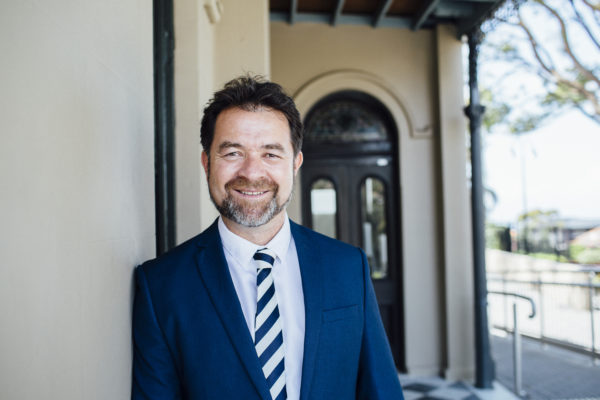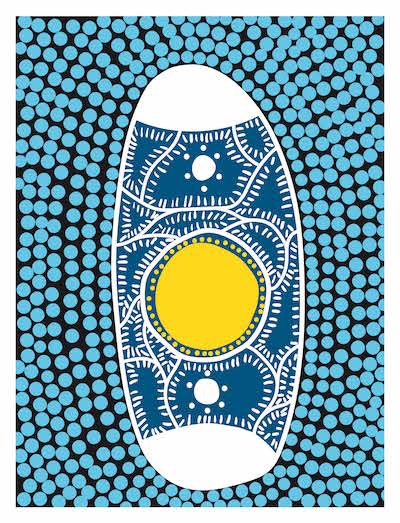
Mr Patrick Brennan, Deputy Principal - Student & Staff Wellbeing
COVID-19 Safety
As schools grapple with the return of students and staff following off-campus learning, teachers are doing their best to ensure the wellbeing of their school communities.
Some schools are lucky enough to have vast campuses that allow for social distancing, while others – particularly in city areas – have high numbers of students in more confined spaces. Many of these students are using public transport on their journeys to and from school. Schools are therefore employing strategies that best fit their needs. These are determined by a number of variables: student age, school population, COVID-19 morbidity levels in the area, modes of transport and boarding.
Because of the situation last week, Waverley College COVID-19 policies and practices were in the spotlight.
We have around 1,500 students across two campuses in one of the most densely populated areas of Sydney, deemed a virus hotspot. Our students use multiple modes of public transport to come to school. They live as far as Cronulla in the South, Pymble in the North and Summer Hill in the West. Boys’ adherence to social distancing is also a different challenge compared to girls’ adherence to social distancing.

Staff are rotating to carry out daily temperature tests
Temperature Testing
The press focused heavily on the College’s daily temperature tests. Nobody has suggested that temperature testing will ensure zero transmission at a school. In fact, apart from closing the school totally, there would be no strategy that would guarantee this outcome. However, the fact remains that a fever is associated with nearly 80% of COVID-19 cases (World Health Organisation).
While there are positive cases where the patient is asymptomatic, or where they have presented with symptoms other than a fever, students are not to attend school if they have any of the main symptoms. There is a notification to remind students of this when they log in to the College network every morning.
The main symptoms include:
- Fever
- Sore throat
- Dry cough and/or fatigue
Additional Safety Measures
We are issuing frequent hygiene reminders during the school day – in wellbeing classes and during online assemblies. Other steps we have taken include disabling bubblers and allowing students who have the COVIDSafe app to have their mobile phones in class, as this allows for more accurate contact tracing.
We have also invested in additional signage; additional water basins; new social distancing floor markers in high volume areas; and hand sanitiser and sanitiser wipes, which are in every classroom. Our PDHPE lessons have been modified and large group activities such as assemblies have been cancelled and replaced with virtual alternatives.
The College’s multi-faceted approach to the emergency is designed to raise awareness and to empower students to practice safe behaviour. Practicing safe behaviour helps to protect our school community and the wider Sydney community – particularly the elderly and vulnerable – from transmission.
Our approach is also there to reassure our community that we are doing everything possible to make the campus a safe place for all.



